Thanks to a renewed focus on the core ideas that the series was originally built upon, *Assassin’s Creed Shadows* delivers the most satisfying experience the franchise has seen in years. With the most fluid parkour system since *Unity*, you can effortlessly transition from ground to castle rooftops, and a grappling hook makes reaching the perfect vantage point even quicker. When perched on a high wire, poised above your enemies, you're just a drop away from executing the perfect kill—but only if you're playing as Naoe. Switch to Yasuke, the game's second protagonist, and you're in for a completely different experience.
Yasuke is slow, clumsy, and unable to kill silently. His climbing skills are more akin to a cautious grandparent than a nimble assassin. He embodies the antithesis of what we've come to expect from an *Assassin’s Creed* protagonist, making him one of Ubisoft’s most intriguing and baffling design choices. Playing as Yasuke feels like you've stepped out of the *Assassin’s Creed* universe entirely.
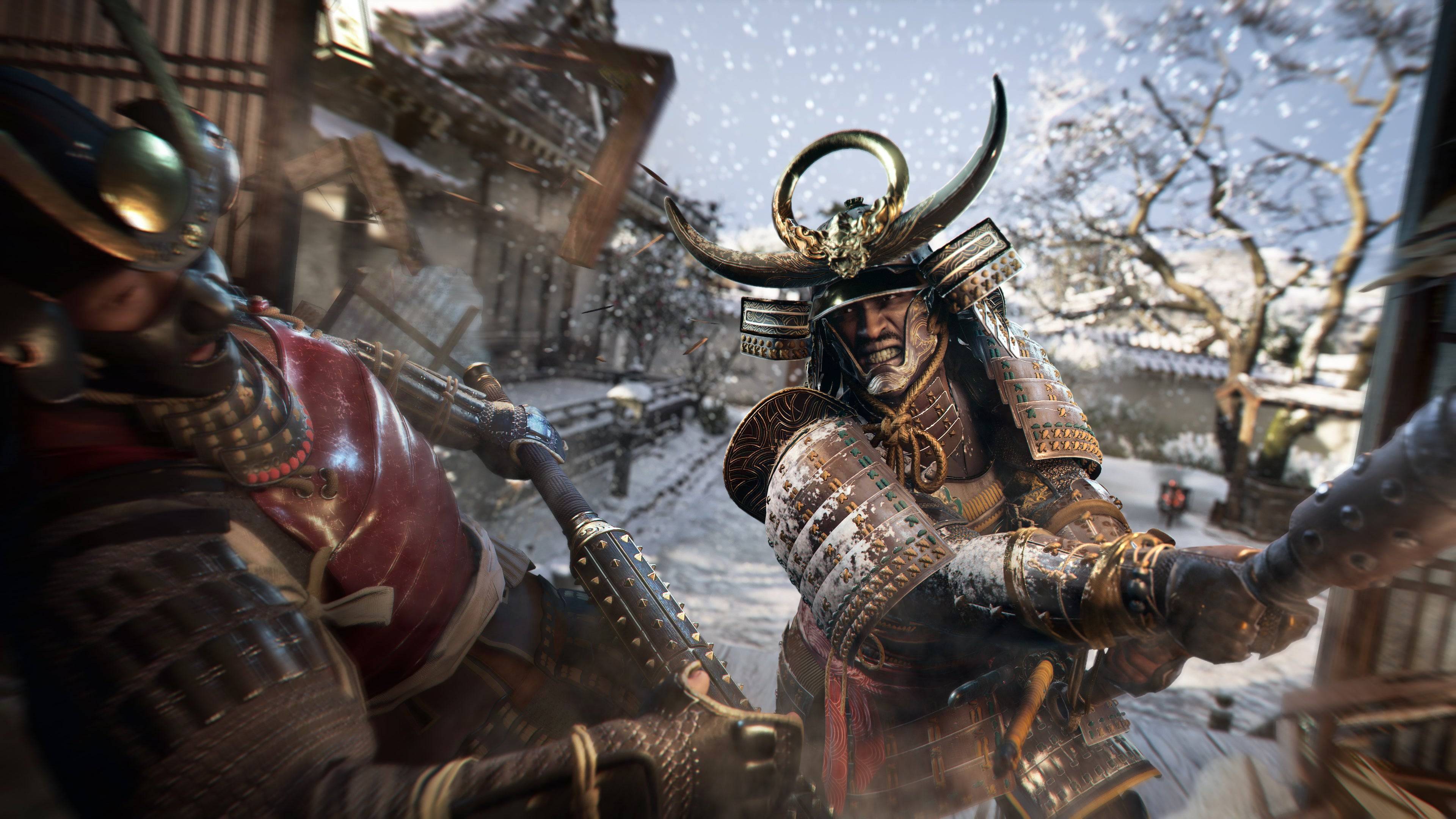
Initially, the stark contrast between Yasuke’s abilities and the foundational philosophy of *Assassin’s Creed* was frustrating. What's the point of a protagonist who can barely climb and can't perform a silent takedown? Yet, the more I played as him, the more I appreciated the merit in his design. Yasuke, though flawed, addresses critical issues that the series has grappled with in recent years.
You don't get to control Yasuke until several hours into the campaign, after spending ample time as Naoe, a swift shinobi who epitomizes the "assassin" aspect of *Assassin’s Creed* better than any protagonist has in a decade. Transitioning to Yasuke after being accustomed to Naoe’s agility is a jarring experience.
Yasuke, a towering samurai, is too large and loud to sneak through enemy camps effectively and struggles to climb anything beyond his own height. He can't find handholds on the jutting roofs that line Japan’s streets, and when he does manage to climb, it's painfully slow. On rooftops, he teeters on the apex, standing upright and inching forward cautiously. These limitations introduce friction, making vertical exploration feel like a chore, often requiring the use of scaffolding or ladders to make any headway.
While Yasuke isn't forced to stay at ground level, the game certainly nudges him in that direction. This limits his visibility, making it challenging to scout out threats and plan routes effectively. Unlike Naoe, who can rely on Eagle Vision, Yasuke has no such advantage. Choosing Yasuke means opting for raw strength over stealth and reconnaissance.
*Assassin’s Creed* thrives on stealthy kills and vertical exploration, concepts that Yasuke fundamentally opposes. His gameplay feels more akin to *Ghost of Tsushima* than *Assassin’s Creed*, especially given his lack of stealth skills and reliance on samurai swordplay. Playing as Yasuke shifts the focus to intense combat, a strength of *Tsushima* and a point of critique for *Assassin’s Creed*.
Yasuke challenges players to rethink the *Assassin’s Creed* formula. Historically, the series has allowed unrestricted climbing, turning protagonists into agile Spider-Men. Yasuke changes this dynamic. Although much is beyond his reach, the environment offers hidden pathways designed specifically for him. For example, a leaning tree trunk can lead to a sync point that would otherwise require a grappling hook, or a castle's open window on the second floor can be reached by navigating the courtyard's exterior wall. These paths demand more thought than the mindless climbing of past games.
However, these routes only take Yasuke to necessary locations, limiting his overall exploration freedom and making it hard to gain a strategic high ground. Yasuke doesn’t adhere to the traditional *Assassin’s Creed* method of observing and planning around enemy movements. His only stealth ability, the "Brutal Assassination," is anything but subtle—it involves impaling an enemy, lifting them off the ground, and roaring. It’s an opening move for combat rather than a takedown. And when combat does begin, it shines. *Shadows* boasts the best swordplay in *Assassin’s Creed* in over a decade, with purposeful strikes and a variety of techniques, from brutal rushes to satisfying ripostes. Finishing moves are brutal and impactful, contrasting sharply with Naoe’s stealthy approach.
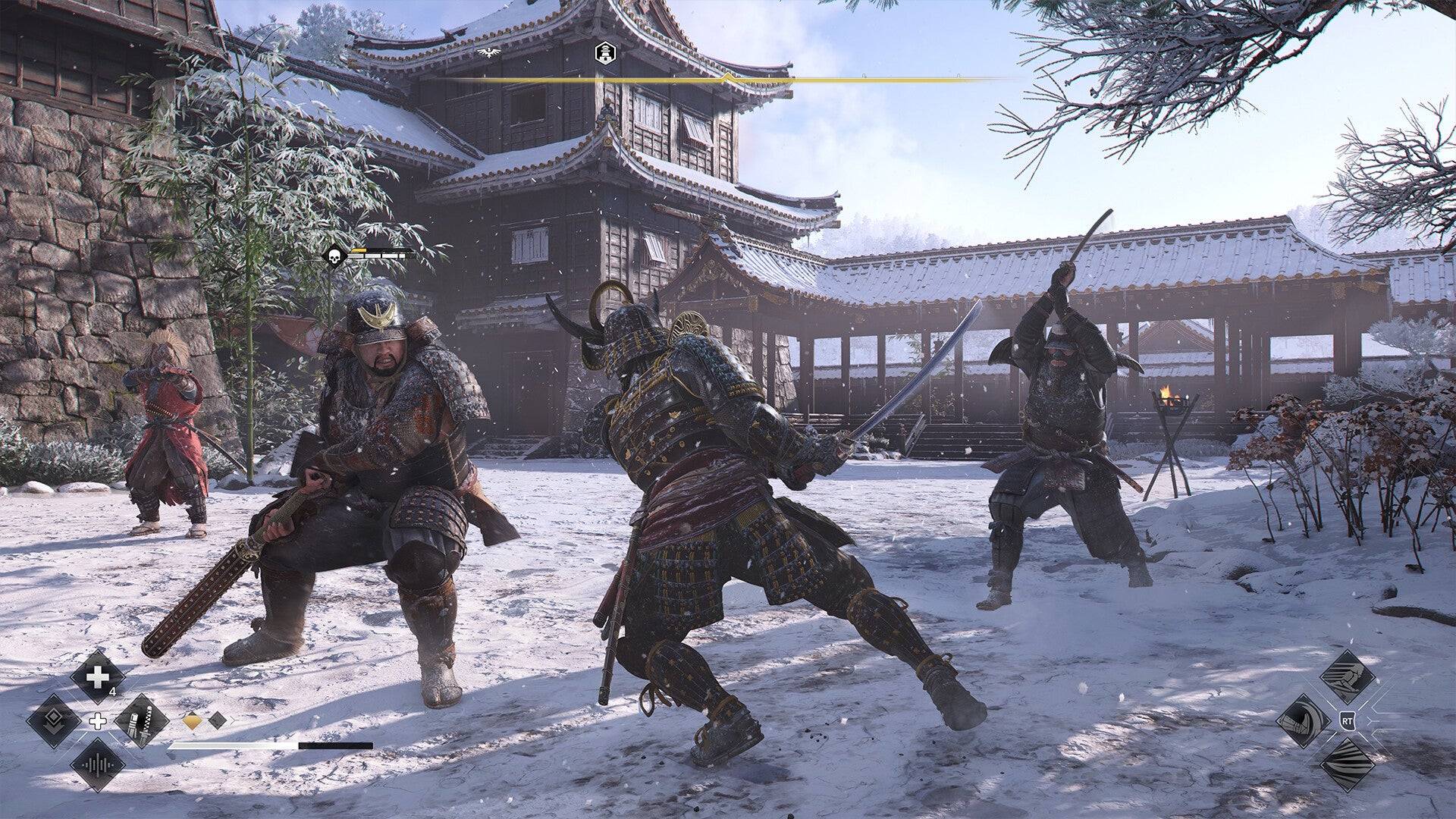
The separation of combat and stealth into two distinct characters ensures a clearer distinction between the two styles. In previous games like *Origins*, *Odyssey*, and *Valhalla*, direct conflict often dominated gameplay. *Shadows* avoids this with its dual protagonist system. Naoe’s relative fragility means she can’t engage in prolonged combat, necessitating stealth and strategic repositioning. Meanwhile, Yasuke’s strength allows you to endure even the most intense battles, making his combat prowess a refreshing change of pace.
Yasuke’s design is intentional, yet it poses a challenge to his fit within *Assassin’s Creed*, a series rooted in stealth and verticality. While characters like Bayek and Eivor veered into action territory, they still retained the essential abilities of an *Assassin’s Creed* protagonist. Yasuke, a samurai by trade, is thematically appropriate in his lack of stealth and climbing prowess, but this means you can’t experience *Assassin’s Creed* as traditionally intended while playing as him.
The real challenge for Yasuke is his counterpart, Naoe. Mechanically, she is the superior protagonist, boasting a comprehensive stealth toolkit that pairs perfectly with the towering architecture of Sengoku Period Japan. Naoe embodies the essence of *Assassin’s Creed*, offering a highly mobile and silent killing experience that the series has been missing since *Syndicate*.
AnswerSee ResultsNaoe benefits from the same design changes that shape Yasuke. While she can climb nearly anywhere, the series’ "stick to every surface" approach has been replaced with something more realistic, requiring players to assess routes and use anchor points for her grappling hook. This enhances the open-world experience, turning it into an *Assassin’s Creed* sandbox. On the ground, Naoe's combat is just as impactful as Yasuke’s, though she can't endure battles as long as he can. This raises the question: why choose Yasuke when Naoe offers a more complete *Assassin’s Creed* experience?
Ubisoft’s ambition to provide two distinct playstyles with Yasuke and Naoe is commendable, yet it presents a double-edged sword. Yasuke’s gameplay diverges significantly from the classic *Assassin’s Creed* protagonist, offering a fresh and compelling experience. However, it directly challenges the core concepts that have made the series unique in the open-world genre. While I’ll enjoy the thrill of Yasuke’s combat, it’s through Naoe’s eyes that I'll truly explore the world of *Shadows*. With Naoe, I feel like I’m playing *Assassin’s Creed*.

 Related Articles
Related Articles Apr 16,2025
Apr 16,2025
 Latest Downloads
Latest Downloads
 Downlaod
Downlaod





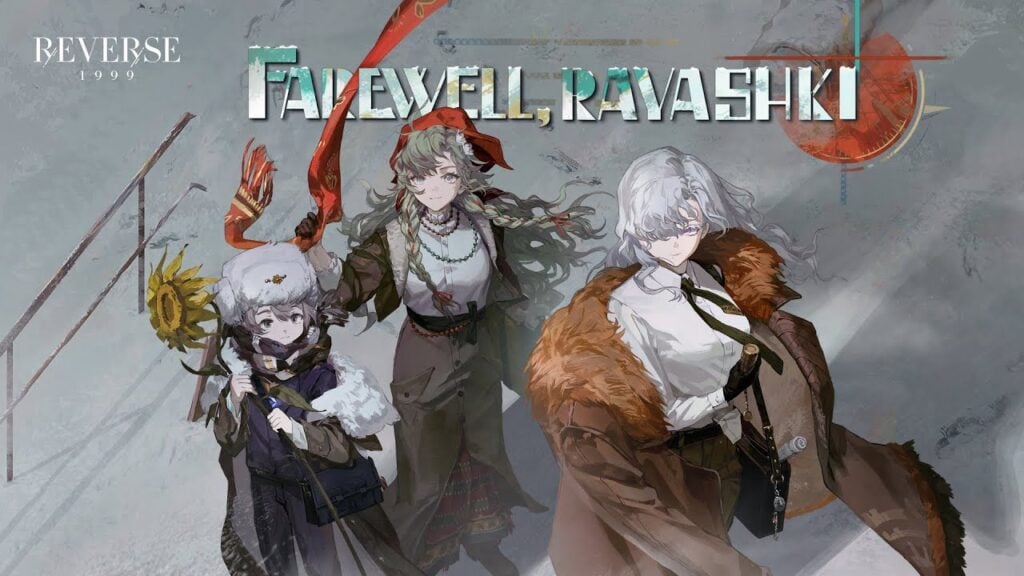

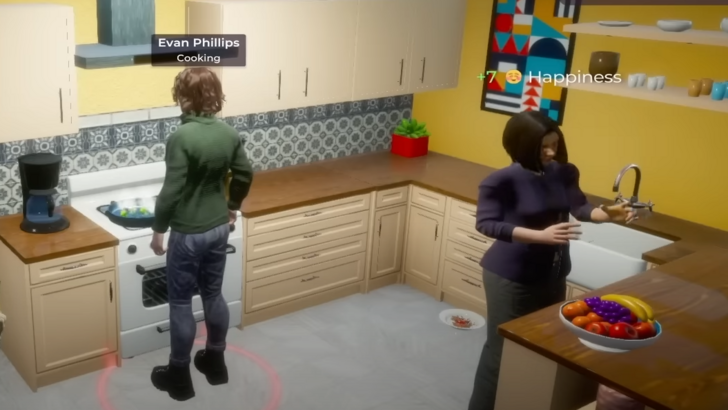
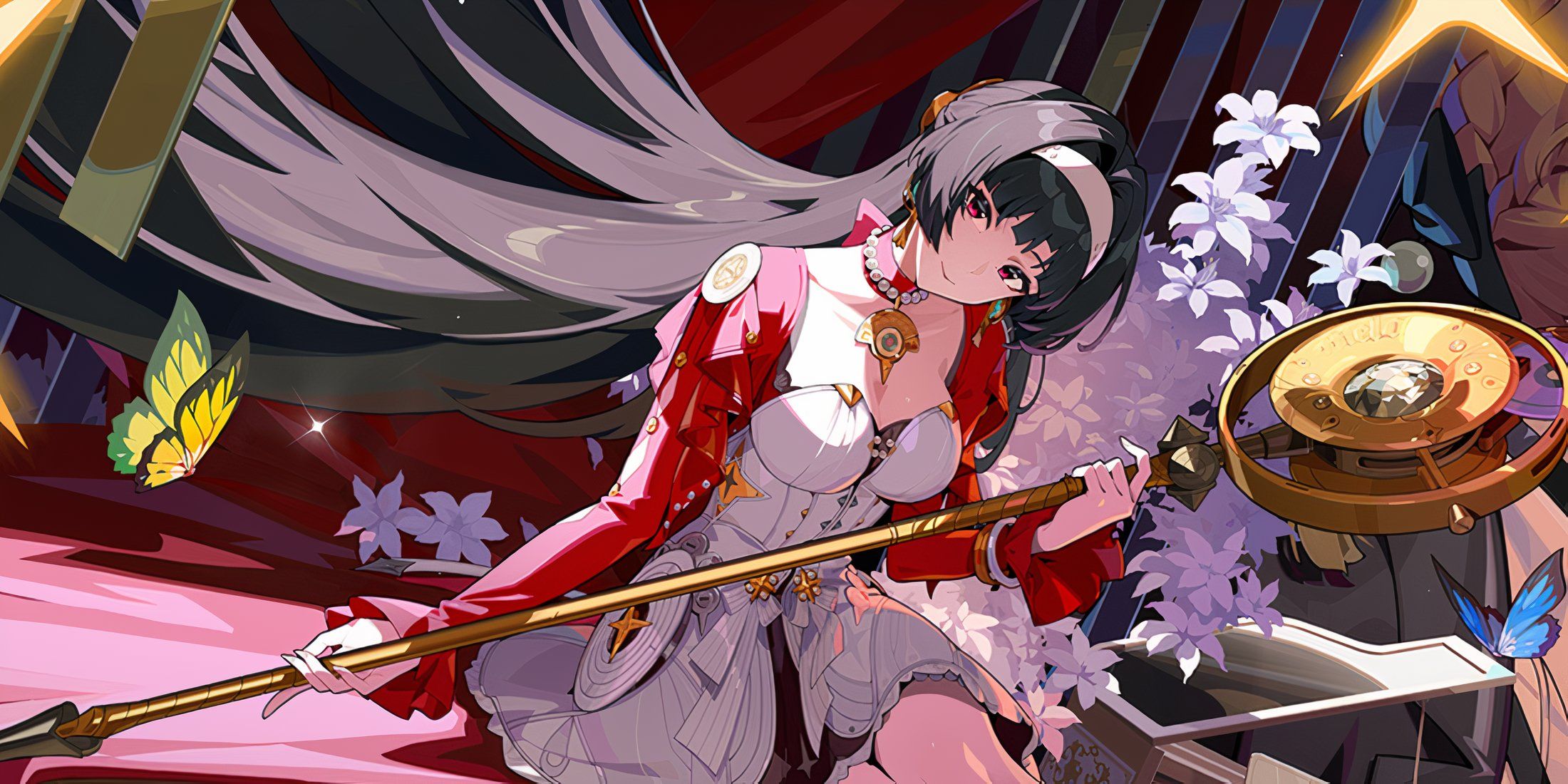


![Cockham Superheroes – New Version 0.5.2 [EpicLust]](https://images.5534.cc/uploads/36/1719595948667ef3acb2d9e.jpg)


